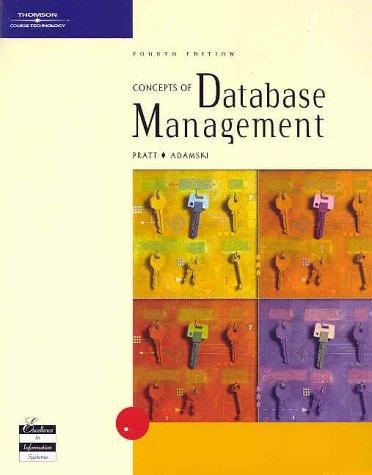Question
Java Programmig: Needed the most are: Recursion, Anonymous classes, and Lambda expressions. Part I: Recursion 1. If you know that, in mathematics, the Fibonacci numbers,
Java Programmig: Needed the most are: Recursion, Anonymous classes, and Lambda expressions. Part I: Recursion 1. If you know that, in mathematics, the Fibonacci numbers, commonly denoted F, form a sequence, called the Fibonacci sequence, such that each number is the sum of the two preceding ones, starting from 0 and 1. That is, F0 =0, F1=1 and Fn = Fn-1 + Fn-2
The beginning of the sequence is thus: 0, 1, 1, 2, 3, 5, 8, 13, 21, ... a. Write a recursive function (method) to find the nth number in Fibonacci sequence. b. Write an iterative function (method) to find the nth number in Fibonacci sequence. c. Report the time elapsed by both functions in milliseconds*. The time elapsed by a function is the difference of the time reported after calling the function to the time reported before calling the function.

*To see the significant difference, try big numbers such as: 40.
Part II: Lambda Expressions 2. Suppose that a functional interface ArrayProcessor is defined as:

In the main method of a class that you create later, we defined a function that returns the length of an array of type double and used it as:
 Now, using the same concept, lambda, you write and use the following functions: a. A function to find the maximum value in an array. b. A function to find the minimum value in an array. c. A function to find the sum of the values in an array. d. A function to find the average of the values in an array.
Now, using the same concept, lambda, you write and use the following functions: a. A function to find the maximum value in an array. b. A function to find the minimum value in an array. c. A function to find the sum of the values in an array. d. A function to find the average of the values in an array.
Step by Step Solution
There are 3 Steps involved in it
Step: 1

Get Instant Access to Expert-Tailored Solutions
See step-by-step solutions with expert insights and AI powered tools for academic success
Step: 2

Step: 3

Ace Your Homework with AI
Get the answers you need in no time with our AI-driven, step-by-step assistance
Get Started


